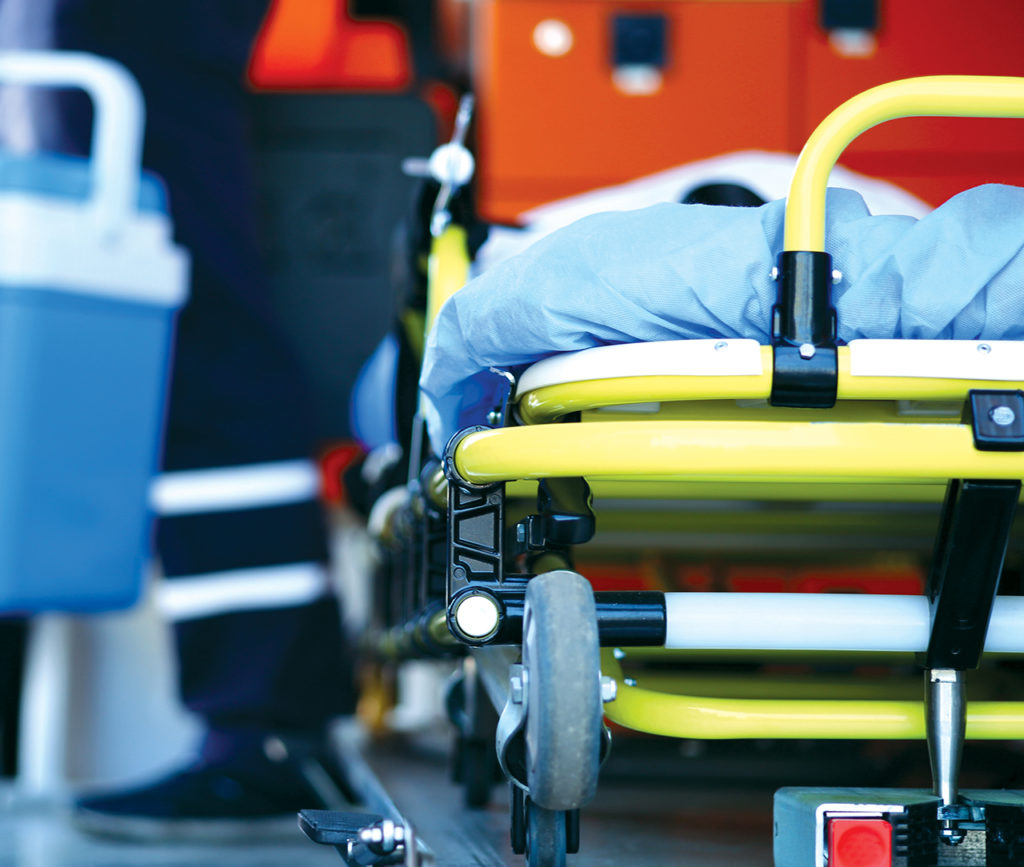About Emergency Preparedness

It’s time to change the way California thinks about disaster response. The COVID-19 pandemic showed that hospitals can quickly mobilize to provide flexible approaches to patient care during a disaster. The state must draw upon these lessons to prepare differently so the next crisis will be less severe. Given California’s size and complexity, the health care disaster response system of the future must be nimble enough to respond to any catastrophe. View more information on hospital disaster preparedness.
CalOES State Exercise Program
First implemented in 2004, Cal OES’ annual state-level exercise series has become the most comprehensive preparedness exercise program in the country. The annual exercise series is designed to assess emergency operations plans, policies, and procedures for all-hazards/catastrophic incidents at the local, regional, state, and federal levels.
CHA Checklist: Developing a Hospital Preparedness Exercise Program
This tool was was developed by the CHA Hospital Preparedness Program to assist hospitals in developing, implementing, and assessing their preparedness exercises.
Homeland Security Exercise & Evaluation Program
The Homeland Security Exercise and Evaluation Program (HSEEP) is a capabilities and performance-based exercise program that provides a standardized methodology and terminology for exercise design, development, conduct, evaluation, and improvement planning.
California Statewide Medical and Health Exercise
CHA Checklist: Shelter-in-Place
CHA developed the attached the Shelter-In-Place Planning Checklist, which includes a decision-making algorithm for shelter-in-place and evacuation activation and may be used to assist hospitals with developing, reviewing, or updating their plans. The checklist is intended to help hospitals ensure that elements listed have been addressed in their plans, policies, and procedures.
Health Care System Emergency Response and Recovery Competencies
Developed by the Institute for Crisis, Disaster and Risk Management at George Washington University, these comprehensive guidelines are specific to health care emergency management and detail the roles and responsibilities of all personnel — including health care leaders, emergency management program managers, and patient care providers — during emergency response and recovery.
Recommended Disaster Core Competencies for Hospital Personnel
This core competencies list provides the disaster preparedness and response knowledge, skills and abilities needed by relevant types of hospital personnel given the current state of the art of CBRNE hazards and health care system vulnerabilities. Applying these competencies will assist hospitals in the development, implementation, coordination, and evaluation of disaster preparedness and response training programs.
Emergency Management Principles and Practices for Health Care Systems
The topics covered in the Emergency Management Principles and Practices curriculum are vital for enhancing hospital planning efforts. These principles are essential for coordinating efforts among various agencies and ensuring a unified approach to crisis management.
Health Care Preparedness and Response Capabilities
The U.S. Department of Health and Human Services (HHS) Office of the Assistant Secretary for Preparedness and Response (ASPR) leads the country in preparing for, responding to, and recovering from the adverse health effects of emergencies and disasters. This is accomplished by supporting the nation’s ability to withstand adversity, strengthening health and emergency response systems, and enhancing national health security.
ASPR TRACIE Webinar on 2017-2022 Health Care Preparedness and Response Capabilities
On January 11, 2017, ASPR TRACIE hosted a webinar on the newly-released 2017-2022 Health Care Preparedness and Response Capabilities. The webinar is archived and available for viewing on the ASPR TRACIE website.